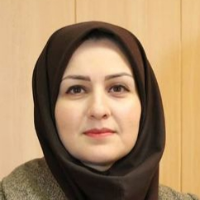Explain the theoretical model of production and development of architectural plans in the interaction of machine learning algorithms and genetics
The aim of this study is to explain to the theoretical model in order to find a new solution for the production and development of spatial arrangement of architectural plans based on interactive and integrated methods with the help of machine learning and genetic algorithms. Evolutionary algorithms alone are not effective, but machine learning algorithms can learn plans and form the basis of practical models that can develop and generate new samples through the use of genetic algorithms.
In this regard, the combined research method includes library studies, collecting raw data, reviewing case samples, and using computational formulas as objective and penalty functions.
Studies show that the genetic algorithm does not have the ability to store memory and on the other hand, the basis of its calculations is jumping and random action that this process is not effective in the production of architectural plans alone and research.
findings show that the algorithm Machine learning, due to its exemplary structure, can store and recognize examples, and the genetic algorithm, which is a searchable and scalable algorithm, can produce more examples of architectural plans each time based on the proposed mathematical model.
-
Analytical Comparison; On the Challenges and Opportunities of Architectural Components Influencing Urban Branding in Yazd and Rasht
Rana Abbasi, *, Farah Habib
Journal of Urban Economics and Planning, -
Analyzing the Effective Components of Improving the Quality of Teaching Architectural Design to Conservatory Students
Zeynab Moghadas, *, Hossein Zabihi
Journal of Educational Planning Studies, -
The machine learning process in applying spatial relations of residential plans based on samples and adjacency matrix
, *, Hossin Zabihi
Maremat & memari-e Iran,




